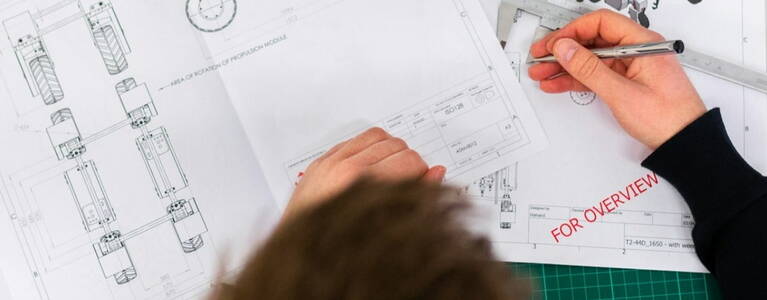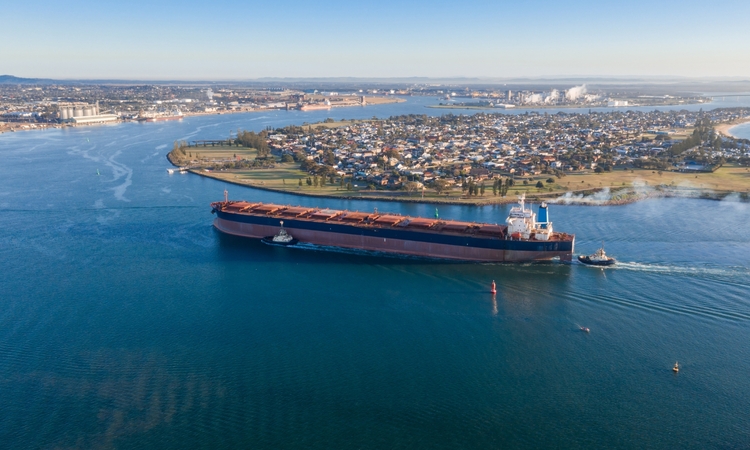Even with mixed reactions, big opportunities are emerging across Newcastle’s core industrial sectors.
Labor’s win in the 2025 federal election has confirmed the direction of national policy and it puts Newcastle in a key position to deliver on it.
For our region, it means increased investment, more projects getting off the ground, and growing demand for skilled people across the industries that have long underpinned our economy. Whether it’s large-scale infrastructure and transport works, advanced manufacturing, energy transition, or defence and port upgrades, these commitments are unlocking long-term job pipelines, more training opportunities, and stronger industry partnerships.
Newcastle has always had strong foundations in mining, rail, manufacturing, and engineering. With Labor pushing ahead on its Future Made in Australia plan, we’re seeing serious money go into the kinds of industries this region knows well, just with a future focus.
Some of the key commitments include:
• $2 billion to help industries like aluminium move to renewable energy
• $1 billion for green iron and steel
• $8 billion into low-emissions technologies
• $78 million to upskill trades and grow the construction workforce
• Ongoing support for partnerships between industry and education, like we’re already seeing through the University of Newcastle
This momentum also reinforces the need for collaboration between employers, education providers, and regional training networks to ensure workforce capability keeps up with delivery timelines. This all adds up to more projects, more innovation, and more demand for skilled workers.
Net zero by 2050 isn’t just an environmental goal, it’s going to reshape our workforce. And Newcastle is in a strong position to be part of that. Workers in traditional sectors like coal and heavy manufacturing will need clearer transition pathways, with targeted training and support to remain part of the region’s future workforce.
These shifts are happening as industries already face talent shortages, particularly in trades, engineering, and project management—placing added pressure on employers to act early.
We’ll see;
• Civil and construction roles tied to infrastructure, housing, and renewable projects
• Engineers and project leads working across grid upgrades, rail, battery storage, and clean energy
• More opportunities in manufacturing, especially in green steel, solar components, and defence supply
• A lift in transport and logistics demand, particularly with more regional freight and project delivery
• Mining and energy work evolving into hydrogen, battery tech, and critical minerals
• Environmental, waste, and water roles becoming more integrated across infrastructure builds
• Increased demand across defence, marine, and port-based industries with sovereign capability investment continuing
Several high-impact projects already underway in the region highlight where workforce demand and industry capability are heading. These include the development of Australia’s first guided weapons manufacturing facility within the Williamtown Special Activation Precinct, the emerging Clean Energy Precinct at the Port of Newcastle, ongoing federal backing for hydrogen hub development in the Hunter, and significant Newcastle Port infrastructure upgrades to support freight, energy, and defence supply chains.
For employers, that means forward planning is key- looking ahead at project pipelines, identifying workforce gaps early, securing critical roles before demand peaks, and building internal training or succession plans to avoid delays.
And for jobseekers, it means now is the time to be open to upskilling or shifting into high-demand areas - by identifying transferable skills, building on existing experience, and bridging any gaps to move confidently into adjacent or emerging sectors.
The election result locks in Australia’s direction and Newcastle is well-placed to respond. With more projects coming online and industries continuing to evolve, there’s momentum building across multiple fronts.
Whether you're planning your next workforce move or considering a change in your own career, now’s a good time to get clear on where things are heading. We’re speaking with employers and professionals daily about what these changes mean in real terms and we’re always happy to share what we’re seeing.

